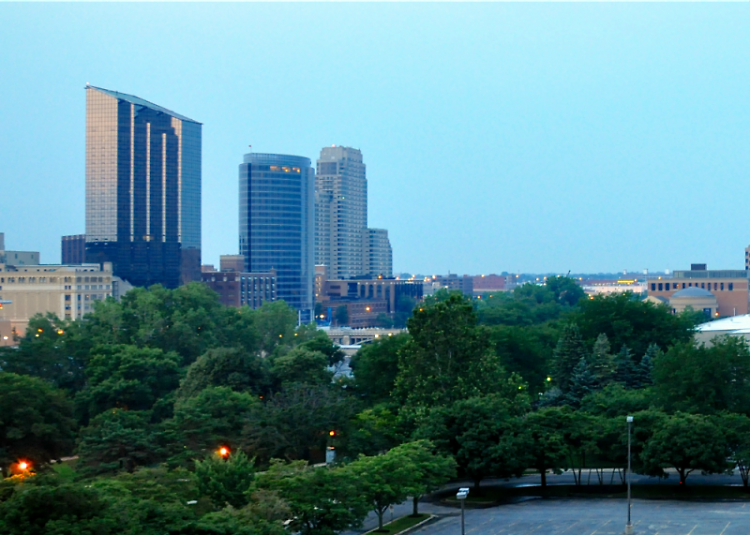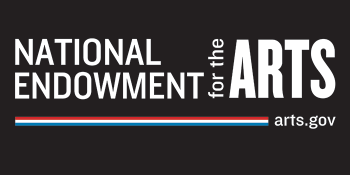Despite what you may think, a C- is nothing to be ashamed of.
At a young age we are taught that A+ is perfect, B+ is above average and a C is average. Thanks to social norms we have this idea that C- grade is something to be ashamed of. I beg to differ. Only ten years ago, the urban forestry situation in Grand Rapids was dismal with diminished city funding, the impending threat of Emerald Ash Borer (EAB), no community consensus on the value of trees, and minimal community engagement. In the past ten years, due in part to issues like EAB, Grand Rapids has experienced an urban forestry turn-around. A driving force in this turnaround was the Grand Rapids adoption of a 40 percent canopy goal. Since the establishment of this goal, Grand Rapids and core supporters have been working hard to increase the quality and quantity of the urban forest.
In order to call attention to their mission, Grand Rapids Urban Forest Project created the first ever Grand Rapids Urban Forest Report Card, the only independent assessment of Grand Rapid’s trees. The Grand Rapids Urban Forest Report Card is an assessment that measures the quality of Grand Rapids’ Urban Forest including canopy cover, forest health and the public and private efforts to expand and sustain it. The purpose of this report card is to provide you, the readers, digestible information surrounding Grand Rapids’ Urban Forest and the City’s progress toward achieving the adopted 40 percent canopy cover goal. The Urban Forest Report Card is designed to build awareness and to encourage citizens to become involved in helping expand, protect and sustain Grand Rapids’ trees.
“There are many factors that contribute to a healthy and vibrant urban forest and we must be aware of these factors and find a way to evaluate our progress along the way” said Urban Forest Project Director Margaret Studer. “As of lately, the City of Grand Rapids has been on the cutting edge of forestry and green-space management. With commitment from new forestry administration, and a growing Citizen Forester population the City of Grand Rapids is in the right position to achieve the adopted 40 percent canopy cover goal and the Urban Forest Project wants to ensure that every citizen has the opportunity to be a part of that achievement.”
The grade is in and after calculating the results from the four metrics: Canopy Cover (8/12), Forest Health (9/12), Tree Planting (11/12), and Community Engagement (5/9) the combined grade for the first Grand Rapids’ Urban Forest Report Card is 73 percent. This evaluation and score represents the efforts made by many organizations and individuals in expanding, enhancing and sustaining our Grand Rapids Urban Forest. Although a 73 percent is not the ideal result, we have come a long way from where we were just five years ago.
Recommendations put forth by the Grand Rapids Urban Forest Project include increased plantings on residential properties, ensuring that at the neighborhood level there are trained Citizen Foresters and volunteers that cooperate on urban forest management, and additional emphasis on young tree care and maintenance.
From planting to pruning, we can each do our part to maximize the tree canopy in all parts of the city so that everyone in Grand Rapids can experience the cultural, social, economic, public health and environmental benefits of trees. The take away message that must be echoed is that we all contribute to the well-being of our urban forests and even the smallest act like watering the tree in front of your home can have a substantial impact. Whether you have an hour, a day, or even more time to give, we have an opportunity for you, and the list keeps growing. Lead or take part in a volunteer planting event. Become a Citizen Forester. Develop an idea for NeighborWoods™ Month or apply for a mini-grant. Take a tree tour. Nominate a tree for Mayor's Tree of the Year. Attend an After Work Tree Time maintenance session. Each of us comes with unique gifts, talents and creativity that can play an important part in helping our urban forest be as healthy and vibrant as possible.
The Rapidian, a program of the 501(c)3 nonprofit Community Media Center, relies on the community’s support to help cover the cost of training reporters and publishing content.
We need your help.
If each of our readers and content creators who values this community platform help support its creation and maintenance, The Rapidian can continue to educate and facilitate a conversation around issues for years to come.
Please support The Rapidian and make a contribution today.



